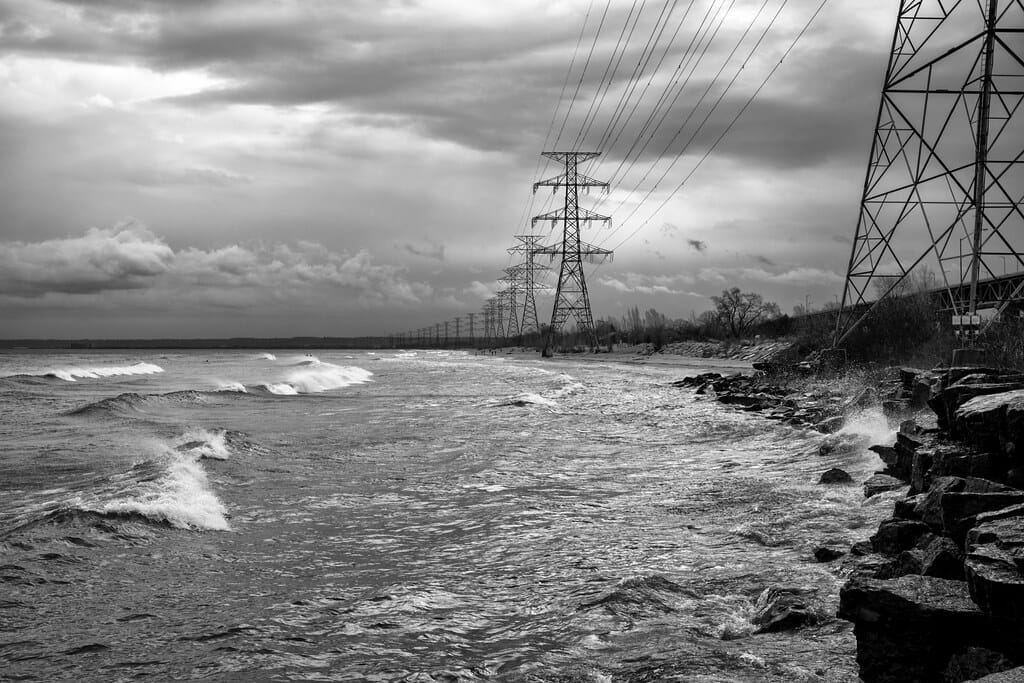Ocean Power Renaissance: How Wave Energy Finally Caught Its Wave After a Decade of Innovation
The relentless crash of ocean waves against coastlines worldwide represents one of Earth's most abundant and predictable renewable energy sources. After years of false starts and technological hurdles, wave energy is experiencing a remarkable transformation that's turning science fiction into commercial reality.
A decade ago, wave energy conversion seemed perpetually stuck in the prototype phase, plagued by harsh ocean conditions that destroyed equipment and economics that couldn't compete with other renewables. Today, breakthrough technologies and strategic deployments are finally unlocking the ocean's vast potential, with industry experts projecting global wave energy capacity could reach 2,000 MW by 2030.
From Concept to Commercial Viability
The wave energy sector has undergone a fundamental shift from experimental curiosity to investment-worthy technology. Early projects in the 2010s faced a brutal learning curve – Scotland's Pelamis wave farm shut down after just two months, and multiple startups burned through millions before their devices succumbed to oceanic forces.
The transformation began with a focus on survivability over peak performance. Companies like CorPower Ocean and Ocean Power Technologies redesigned their systems from the ground up, prioritizing resilience and maintenance accessibility. CorPower's C4 wave energy converter, currently being tested off Portugal's coast, uses a unique phase-control system that allows it to "duck dive" under extreme waves – a breakthrough that addresses the industry's biggest challenge.
Technology Breakthroughs Driving Growth
Advanced Materials and Design
Modern wave energy converters leverage aerospace-grade materials and AI-optimized designs that previous generations couldn't access. Eco Wave Power's onshore wave energy systems, now operational in Gibraltar and Israel, demonstrate how relocating key components to dry land dramatically reduces maintenance costs and environmental exposure.
Carnegie Clean Energy's CETO technology represents another evolutionary leap, using fully submerged buoys that eliminate surface wave impact while generating both electricity and desalinated water – a dual-purpose approach that improves project economics in water-scarce coastal regions.
Grid Integration and Energy Storage
The intermittent nature of wave energy initially posed grid stability challenges, but modern projects integrate sophisticated energy storage and smart grid technologies. The European Marine Energy Centre reports that new wave farms can provide consistent baseload power through advanced forecasting and battery integration systems.
Global Momentum and Investment Surge
Investment in wave energy reached $180 million in 2023, representing a 300% increase from five years earlier. The European Union's Green Deal has allocated €1.5 billion specifically for ocean energy development, while countries like Australia, Chile, and Portugal are establishing marine energy zones with streamlined permitting processes.
China's emergence as a wave energy leader showcases the technology's global appeal. The nation deployed its first commercial wave energy farm in 2023, with plans for 1,000 MW of capacity by 2035. This state-backed approach contrasts sharply with the venture capital-dependent Western model, providing alternative pathways to scalability.
Environmental and Economic Benefits
Unlike offshore wind, wave energy systems sit mostly below the surface, reducing visual impact and navigation conflicts. The predictable nature of ocean swells – waves can be forecast 3-5 days in advance compared to wind's 24-48 hour window – offers grid operators unprecedented renewable energy certainty.
Economic analysis suggests wave energy's levelized cost of electricity has dropped to $0.20-0.30 per kWh for utility-scale projects, approaching competitiveness with offshore wind in high-resource areas. The International Renewable Energy Agency projects costs could fall below $0.10 per kWh by 2030 with continued technological advancement and deployment scale.
Challenges Remain
Despite remarkable progress, significant hurdles persist. Marine permitting remains complex and time-consuming across most jurisdictions. The lack of standardized testing protocols and certification processes continues to impede investor confidence and technology comparison.
Additionally, the wave energy supply chain remains underdeveloped compared to wind and solar, creating higher component costs and longer project timelines.
The Next Decade of Ocean Power
Wave energy's decade-long journey from repeated failure to emerging success demonstrates the persistence required to harness nature's most challenging renewable resource. With robust technology platforms now proven, supportive policies emerging globally, and costs declining rapidly, wave energy appears poised to claim its position alongside wind and solar as a cornerstone of the clean energy transition.
The ocean's power has been waiting patiently for human ingenuity to catch up – and after ten years of hard-won progress, that moment has finally arrived.
